Plants by mail order since 1984, over 4100 plants online today
Nursery & Gardens open: Mon - Sat 8:30 - 17:00 & Sun 10:00 - 16:00
Pop up café: open weather dependent
- Shop Now
- Burncoose Specialities
- This Month
- Offers & Promotions
- RHS Chelsea Flower Show 2024
- 40 years at Burncoose
- Engage With Us
- Information, Help & Advice
- About Us & Our Services
- Terms & Conditions
- Log In / Register

CORDYLINE australis
Commonly known as New Zealand cabbage palm
Green
Further Reading....
-
EvergreenArching leaves 30-90cm (12-36in) long.
-
 Height3-10m (10-33ft)
Height3-10m (10-33ft) -
 Spread1-4m (3-13ft)
Spread1-4m (3-13ft) -
TreePalm-like tree branching sparingly with age. Mature trees produce tiny flowers followed by white or blue-tinted berries
-
 Half hardy - unheated greenhouse / mild winterHardy in coastal and relatively mild parts of the UK except in severe winters and a risk from sudden (early) frosts. May be hardy elsewhere with wall shelter or good micro-climate. Likely to be damaged or killed in cold winters. Plant can withstand temperatures down to -5°C (23°F)
Half hardy - unheated greenhouse / mild winterHardy in coastal and relatively mild parts of the UK except in severe winters and a risk from sudden (early) frosts. May be hardy elsewhere with wall shelter or good micro-climate. Likely to be damaged or killed in cold winters. Plant can withstand temperatures down to -5°C (23°F) -
 Full sun
Full sun -
 Partial shade
Partial shade
CORDYLINE australis
- Details
- Description
- Tips and Advice
- Goes Well With
- Planting Combinations
- Other Suggestions
- See Also...
-
Additional FeaturesArchitectural interest
 Good to knowWildlife plant - nectar for insects and berries for birds, especially starlings. Syn. Dracaena australis. Can be grown as specimen plants in borders or as courtyard plants in warmer areas. Develops a branched crown after first flowering
Good to knowWildlife plant - nectar for insects and berries for birds, especially starlings. Syn. Dracaena australis. Can be grown as specimen plants in borders or as courtyard plants in warmer areas. Develops a branched crown after first flowering Pests & DiseasesUnder glass - scale insects, red spider mites.
Pests & DiseasesUnder glass - scale insects, red spider mites. Place of originNew Zealand.Resistant to honey fungusThese plants have little or few problems with honey fungus.
Place of originNew Zealand.Resistant to honey fungusThese plants have little or few problems with honey fungus. -
Flower ShapePaniclesBroad panicles 1m (39in), or more across
-
Garden Location/ConditionsAustralian / New ZealandBorderSuits a mixed or shrub borderCoastal / windsweptSlightly back from the sea with more shelterSub-tropical / mediterraneanTown garden
-
HardinessFrost hardy (down to -5)
-
Leaf margin
 Entire
Entire(see photos above) -
Leaf shape
 Lanceolate
Lanceolate(see photos above)  Linear
Linear(see photos above) -
Scented PlantsScented flowersHeavy, pervading scent
-
Seasonal InterestAutumnSpringSummerWinter
-
Soil ConditionsFertile well drained soil
-
Wildlife
 Bee friendly
Bee friendly Bird friendly
Bird friendly
Jan
Feb
Mar
Apr
May
Jun
Jul
Aug
Sep
Oct
Nov
Dec
Cordyline - Growing Guide

PITTOSPORUM tenuifolium 'Tom Thumb'
Parchment bark, Kohuhu
Available from £17.00

CORDYLINE australis 'Red Star'
Dracaena palm, New Zealand cabbage palm
Available from £16.50

LIBERTIA grandiflora
New Zealand satin flower
Available from £5.00

TRACHYCARPUS fortunei
Chusan fan palm, Windmill palm
Available from £22.00






























ACER palmatum dissectum 'Dissectum Atropurpureum'
Cut-leaf maple
Available from £45.00

ACER platanoides 'Drummondii'
Norway maple
Available from £80.00

ASTELIA chathamica 'Silver Spear'
Available from £25.00
CEDRUS libani

CHORDOSPARTIUM stevensonii
Available from £17.50

CORDYLINE australis 'Purple Sensation'
Dracaena palm, New Zealand cabbage palm

CORDYLINE australis 'Red Star'
Dracaena palm, New Zealand cabbage palm
Available from £16.50

CRYPTOMERIA japonica
Japanese cedar

ECHIUM pininana
Tree echium
Available from £16.00

ERIOBOTRYA deflexa
Bronze loquat

FAGUS sylvatica 'Dawyck Purple'
Purple Dawyck beech
Available from £40.00

FASCICULARIA bicolor
Available from £17.50

FREYLINIA lanceolata
Honeybell bush
Available from £16.50

HYDRANGEA petiolaris
Climbing hydrangea
Available from £16.50

HYPERICUM x hidcoteense 'Hidcote'
St. John's wort
Available from £13.50

JASMINUM beesianum
Jasmine
Available from £16.00

MAGNOLIA campbellii

MAGNOLIA delavayi
Available from £40.00

MALLOTUS japonicus
Available from £25.00

MUSA basjoo
Japanese banana
Available from £19.00

PHLOMIS russeliana
Turkish sage
Available from £14.50

PHOTINIA x fraseri 'Red Robin'
Available from £13.50

PITTOSPORUM eugenioides 'Variegatum'
Lemonwood, Tarata
Available from £17.00

PSEUDOPANAX laetus
Available from £25.00

QUERCUS ilex
Holm oak, Evergreen oak
Available from £15.00

ROMNEYA coulteri
Matilija poppy
Available from £22.00

SOLANUM rantonnetti
Blue potato bush

TETRAPANAX papyrifera 'Rex'
Rice-paper tree
Available from £30.00

TRACHYCARPUS fortunei
Chusan fan palm, Windmill palm
Available from £22.00
Buy Varieties of CORDYLINE australis

CORDYLINE australis 'Red Sensation'
Dracaena palm, New Zealand cabbage palm
reddish-bronze leaves.

CORDYLINE australis 'Red Star'
Dracaena palm, New Zealand cabbage palm
striking bronzy red

CORDYLINE australis 'Salsa'
Dracaena palm, New Zealand cabbage palm
maroon and pink striped leaves

CORDYLINE australis 'Southern Splendour'
Dracaena palm, New Zealand cabbage palm
dark grey-green leaves with bright pink margins. A striking contrast

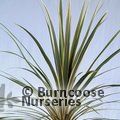
CORDYLINE australis 'Torbay Dazzler'
Dracaena palm, New Zealand cabbage palm
cream striped sword-like leaves. Needs a well drained soil in full sun with shelter
Useful extras...

Fertilisers & Feeds - Vitax
Q4 Pelleted Fertiliser
A useful fertiliser suitable for use on a wide variety of plants. Q4 provides all the nutrients and trace elements essential for vigorous growth, abundant flowering and ripening of fruit.
3 options from £6.00
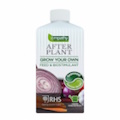
Fertilisers & Feeds - Empathy
Afterplant - Grow Your Own
AFTER PLANT GROW YOUR OWN seaweed is ready to use liquid concentrate that was specially formulated be used on all edible plants.
Only £8.00

Fertilisers & Feeds - Empathy
Afterplant - Tomatoes
AFTER PLANT TOMATO FEED Liquid Concentrate with Bio stimulant is a high potash liquid concentrate containing seaweed extract, plant derived amino acids and other nutrients specifically formulated to benefit tomatoes and greenhouse plants.
Only £8.00
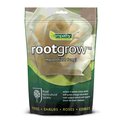
Fertilisers & Feeds - Empathy
Rootgrow mycorrhizal fungi
Recommended by the RHS. Contains Rootgrow™ mycorrhizal fungi. Suitable for all trees and shrubs (except rhododendrons, azaleas, heathers, cranberries and blueberries)
3 options from £3.00

Fertilisers & Feeds - Empathy
Rootgrow Ericoid mycorrhizal fungi
This specially adapted Rootgrow™ mycorrhizal fungi will boost the growth of acid-loving plants like rhododendrons, azaleas, heathers and blueberries.
It contains ericoid and arbuscular mycorrhizal fungi, which are found in poor acidic soils where ericaceous plants naturally grow.
Only £7.50

Fertilisers & Feeds - Empathy
All-purpose Seaweed Stimulant
All-purpose organic concentrated seaweed feed that is a ready to use, derived from sustainable harvested kelp, that can be used on all outdoor and indoor plants, except acid loving plants.
Perfect used in conjunction with Rootgrow™.
Only £7.50


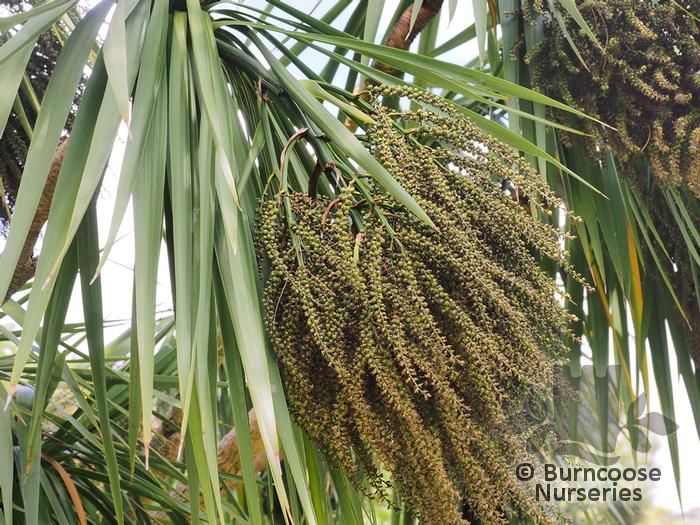


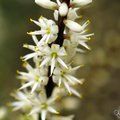


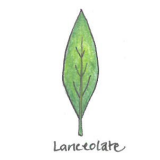
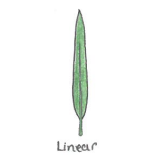




 Gift-wrapping available
Gift-wrapping available







